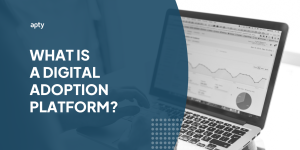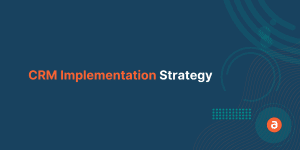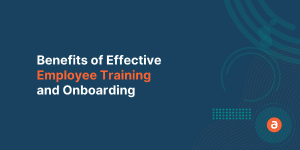Software implementation is a huge undertaking for any company. One of the keys to success is making sure your employees are engaged and supportive of the implementation.
If you’re looking to improve the outcomes of an upcoming software implementation, be sure to include these four crucial steps for increasing employee engagement.
Identify Your Processes
Implementing new software is an excellent time to update your processes since the processes will likely change when you go-live with your new system. One of the keys to successful implementation is building support among end-users and making sure employees feel engaged in the process. When employees feel like they had input into new systems and processes, they’re less likely to resist the change.
Involve your employees in helping to:
- Identify your current business processes.
- Determine if the new software will eliminate or replace any of those processes.
- Make a plan for how the processes will be completed in the new system.
- Listing any reports you pull from your current system so you can build out the necessary reports in your new program.
Clearly Define Roles and Responsibilities
Making sure employees feel like they had input into the process is only one way to combat resistance to change. Another crucial step in a successful software adoption plan is to clearly define roles and responsibilities. Employees do not like ambiguity. With major changes like software implementation, employees can begin to worry about their job security or major changes to their day-to-day responsibilities. Clearly defining their roles and responsibilities gives a sense of comfort. Employees are more likely to resist change when the change is unknown. Providing insight into what their roles will look like after implementation eliminates fear and resistance.
When defining roles and responsibilities, start with the processes you identified in the previous step. Spell out who will be responsible for each of the steps of those processes in the new system.
In addition to defining roles and responsibilities around your processes, you should also consider defining the responsibilities around the implementation, such as:
- Who will train each team?
- Who is owning the implementation for each team or group of users?
- Who will hold end-users accountable for implementing the changes?
Related: Change Management Best Practices for Software Implementation
Communicate
Communication is an essential part of any software implementation. People are naturally resistant to change. You can help overcome that resistance by letting employees know about the key benefits of the software implementation as well as providing information about the timeline and impact of the change for each team or department. Be prepared to answer these common questions in your communications plan:
- How will this make my job easier?
- Will it save me time?
- How is this new software better than our old system?
- What can be done with the new software that the old system couldn’t?
- How will the change impact my role and team?
- What are the details of what is changing?
- What is the timeline for the change?
- How can I get support or help with the change?
Related: 4 Tips for Conquering Change Management Challenges
Analyze and Optimize
Many people make the mistake of only planning through their go-live date. Successful software implementation will need to be managed well past your official launch date. Make sure you have a plan to analyze and optimize your software to receive the full ROI of your new system. Implement a system like letzNav that will allow you to track your software utilization. You need to track more than just who logs into the system. Consider adopting metrics around:
- What users are doing in the system?
- What tasks are they completing?
- How quickly can they complete them?
- What errors are they making?
- What steps in your processes are common stumbling blocks?
You can use these metrics to build a plan for optimizing your software usage. As part of your optimization, you should consider:
- What processes could be automated?
- Which users are fully utilizing the new program? Can we reduce or redistribute some of our licenses?
- What additional training is needed for users?
This type of analysis and optimization sets your users up for success by identifying where they could use additional help either from automation or training.
Including these four steps in your software implementation plan will help you improve your adoption and employee engagement.













